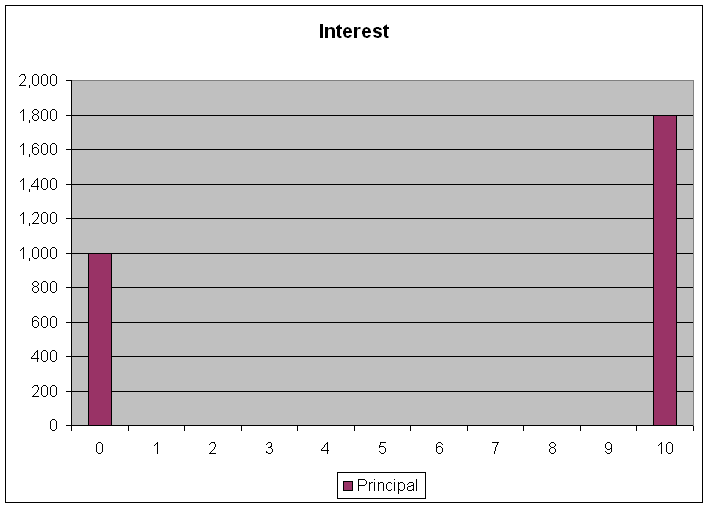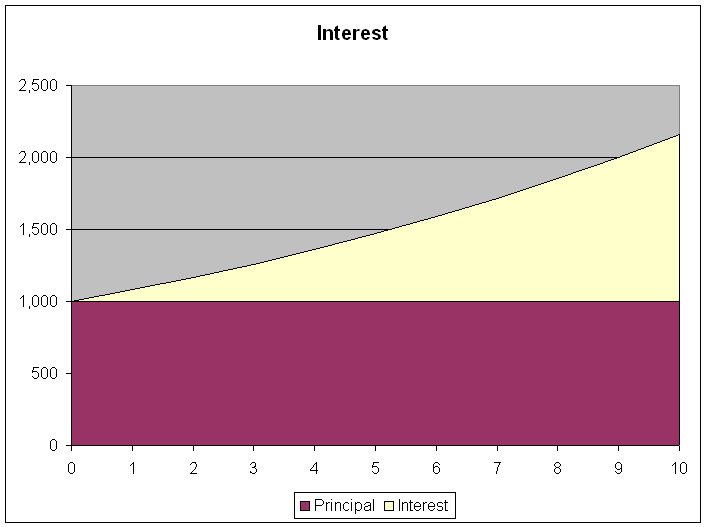The Free Market Center
The Free Market Center
Many people seem to have rather exotic ideas about the nature of interest, and they frequently attribute interest to money transactions exclusively. Interest, however, applies to more than money, and it amounts to the expression of a rather simple concept.
Interest results from differences in time preferences. In general, people value goods in the present more than the same goods in the future. When a person has a high time preference for a particular good he values (or prefers) the present good significantly higher than the future good. A hungry man would probably value, in the present, a meal he would receive today more than he would value, in the present, that same meal he would receive tomorrow.
Time preferences play a role in lending because the borrower offers to exchange a future good for a present good from the lender. Since the lender tends to prefer the present use of his good over the future use, he will want more of the good returned to him in the future to compensate for giving up the use of the good in the present. The difference in value attributable to time preference consists of interest. A lender with a higher time preference (more inclined to spend in the present) will want more interest. A lender with a lower time preference (more inclined to reduce consumption and save) will accept less interest.
In your loan of wheat, you valued 880 bushels in the future more than having 800 bushels in the present.

In this basic perspective a lender gives up 1,000 units of a good now for 1,800 units of that same good at the end of 10 periods; 800 of those units would amount to interest.

We typically see interest broken down into incremental accruals over the term of the loan, based on a fractional (per-period) rate. No matter how complex the computation, the concept of interest remains the same.
© 2010—2020 The Free Market Center & James B. Berger. All rights reserved.
To contact Jim Berger, e-mail: